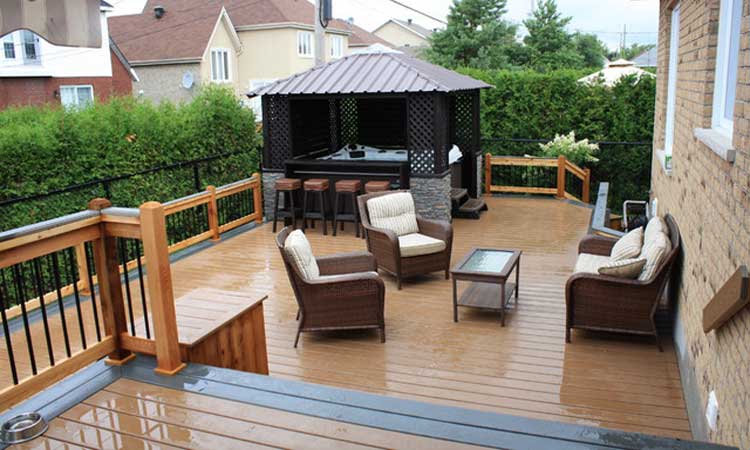Renting secure storage spaces for your business, like this one from www.brilliancestorage.com.au – can be a great solution if you need more space to store equipment, inventory, or extra office furniture. However, renting a storage unit alone may not be enough to be of help if you do not effectively maximise the space available, organise it properly, and from the outset, ensure that the storage you are renting is suitable for your business needs.
To ensure you get not just those three points correct but take further steps to get the most out of your business’s commercial storage unit, in this blog post, we are going to outline ten tips you can follow to achieve these.
Tip #1 – Choose the Right Size Storage Unit
Choosing the right size storage unit is crucial because, if you select a unit that is too small, you won’t have enough space to move around or add more items later. Conversely, if you rent a storage unit that is too large, you will be paying for storage space that you do not need.
The best way to choose the right size unit is to create an inventory list of everything you plan to store and select a unit size based on that. The staff at the storage facility you plan to rent from will be more than willing to advise you on storage unit size selection.
Tip #2 – Protect Your Inventory
While your items are in storage or being transported there, it is important to protect them from damage. Make sure to use appropriate bubble wrap or packing paper to protect fragile items and items of high value. If you are storing items that are sensitive to temperature and humidity changes, it is best to invest in a climate-controlled unit.











